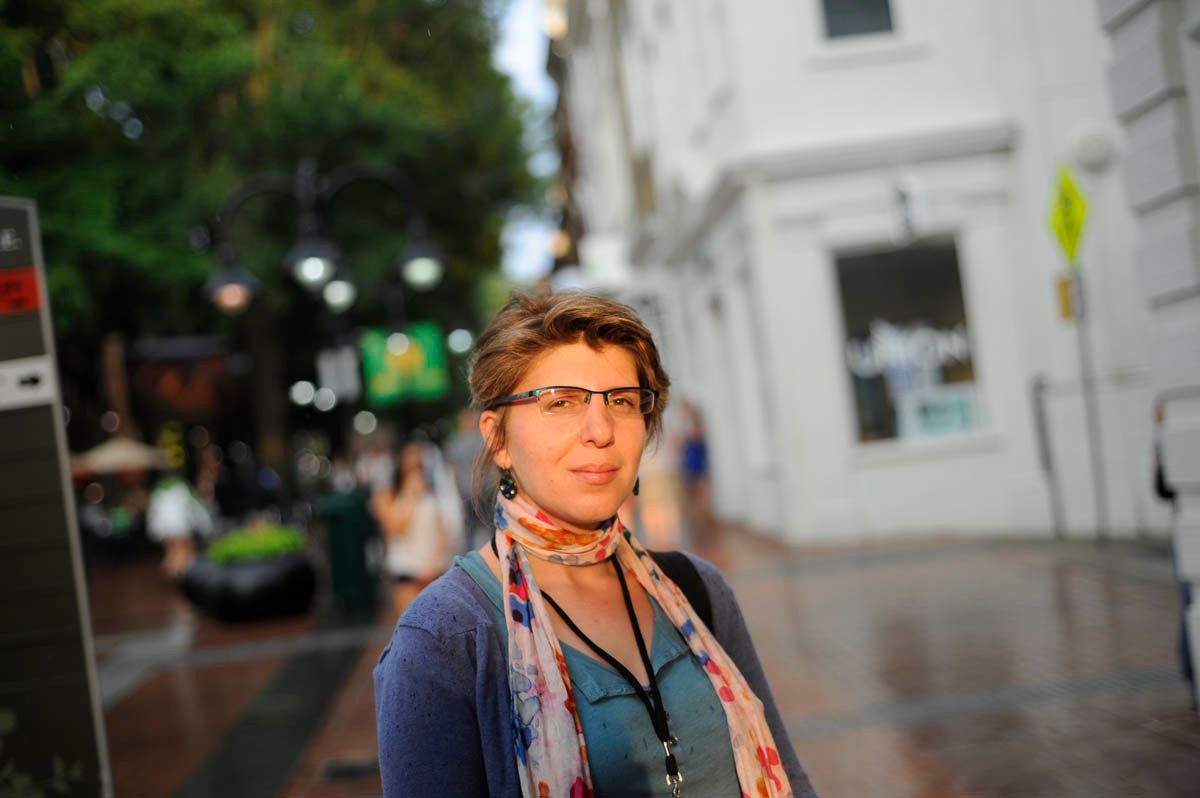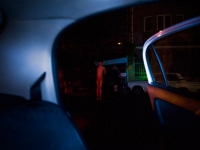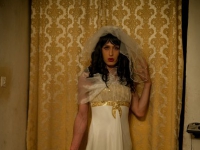Nazik Armenakyan is an award-winning and one of the most highly regarded photojournalists working in Armenia today. She studied photography in Armenia, under Ruben Mangasaryan at the Caucasus Institute, Yerevan and has also completed a Magnum Foundation Photography and Human Rights Program fellowship at New York University in 2011.
Since the beginning of her career, Armenakyan has focused her attention on individuals and social groups living on the margins of Armenian society. Frequently, the photographer has delved into topics that are shrouded by silence and hostility. As a result, Armenakyan has made a considerable effort to raise awareness and dialogue about minority groups living in Armenia, the LGBT community, HIV victims and Genocide survivors.
In 2010, she started to photograph members of Yerevan’s small transgender community, many of whom earn their living through prostitution. This controversial project aimed to bring the personal and human side of story behind these individuals to the forefront of public attention. Layma is one of the central characters in Armenakyan’s extensive series, which was also turned into a book and has featured in a number of exhibition in Armenia, Europe and Hong Kong.
Oscilating between photo-reportage and documentary essays, Armenakyan’s direct, unadorned style of photography viscerally captures her subjects in their environment. The final photo-essays she assembles are a result of in depth research and communication, which often evolves over lengthy periods of time and requires the photographer’s personal and quite close involvement with her subjects. Echoing the work of Diane Arbus, Nan Goldin and Allan Sekula, Armenakyan’s photographs often edge uncomfortably close to the borders of political correctness, morality and ethics in order to draw the viewer into an intense and provocative dialogue about the political dimension of photographic images.
More recently, Armenakyan’s practice has taken on a more premeditated aura. The space within her photographs has become more layered as objects, interiors, the backgrounds and the lighting assume metaphorical significance. This composed stillness and detachment was especially evident in her 2014 portrait series ‘Life less ordinary’, which looked at issues of representing socially disadvantaged individuals. Successfully combining her signature grittiness and documentary directness with simple but powerful conceptual frameworks, Armenakyan’s more mature work is unquestionably among the more edgier and socially conscious political art to come out of Armenia in the last decade.
Vigen Galstyan, 2014







